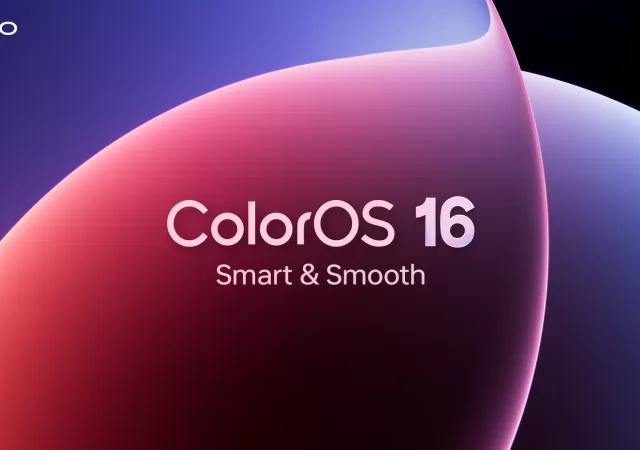OpenAI has just made a significant announcement, marking a return to its roots by releasing its first open-weight models since GPT-2. The company’s new models, named gpt-oss-20b and gpt-oss-120b, are a clear signal from OpenAI that it is once again embracing the open-source philosophy. This move is set to have major implications for the developer community and the future of artificial intelligence.

What are Open-Weight Models?
For those not familiar, the term “open-weight” is a big deal. In a traditional closed-source model, a company keeps the underlying code and data—the “weights”—a closely guarded secret. This means that while a developer can use the model, they can’t see how it was built, what data it was trained on, or modify it for their own specific needs.
An open-weight model, however, makes all of that information public. This means that developers and researchers can now download, inspect, and modify the core of the model, allowing for greater transparency, collaboration, and innovation. This move is a significant departure from OpenAI’s more recent closed-source approach with its more powerful models, and it’s a move that could significantly democratize AI development.
The New Models and Their Potential
The new models, gpt-oss-20b and gpt-oss-120b, are designed to give the developer community a powerful new tool. The “b” in their names stands for billions, referring to the number of parameters in the model. A larger number of parameters generally means a more capable and intelligent model. The release of a 20b and 120b model gives developers a choice between a more compact model that can be run on more modest hardware and a more powerful model for more demanding tasks.

The potential implications of these models being available are vast. Developers can now use the open-source code to create their own custom versions of the models for specific tasks, from creating chatbots for niche industries to building more personalized AI assistants. Researchers can now inspect the inner workings of the models, which could lead to breakthroughs in understanding how large language models function. It also creates a more level playing field for startups and smaller companies that may not have the resources to build a large language model from scratch. By providing a powerful and open foundation, OpenAI is empowering a new wave of innovation in the AI space.
A Return to a More Open Open AI?
The release of gpt-oss-20b and gpt-oss-120b is a clear signal that OpenAI is committed to a more open-source future. It’s a move that acknowledges the power of the developer community and the importance of open collaboration in the AI space. While the company will continue to develop its closed-source models, this new direction gives it a strong foothold in the open-source community, which is likely to be a major battleground for AI dominance in the years to come. Ultimately, this move is a win for developers, researchers, and anyone who wants to see a more transparent and collaborative future for artificial intelligence.






